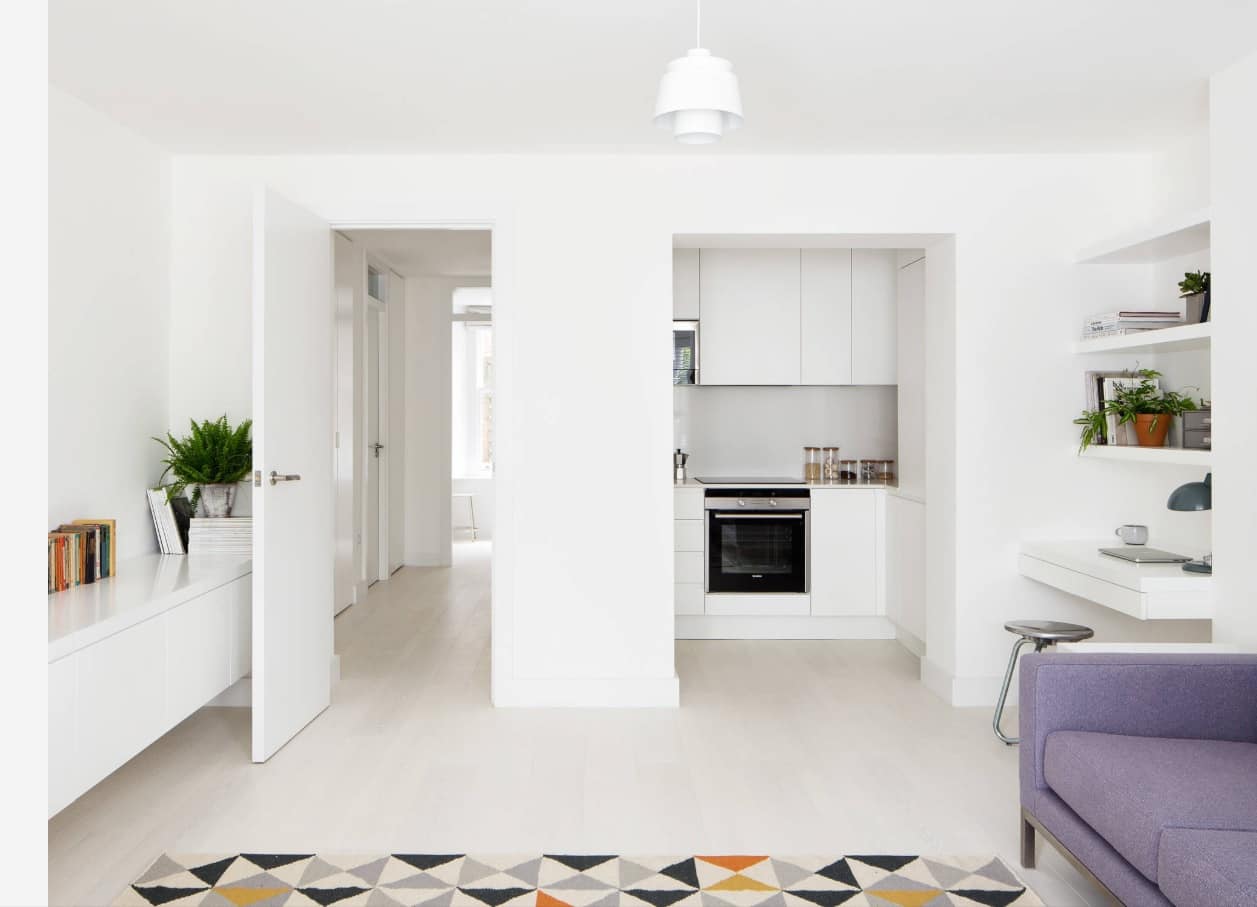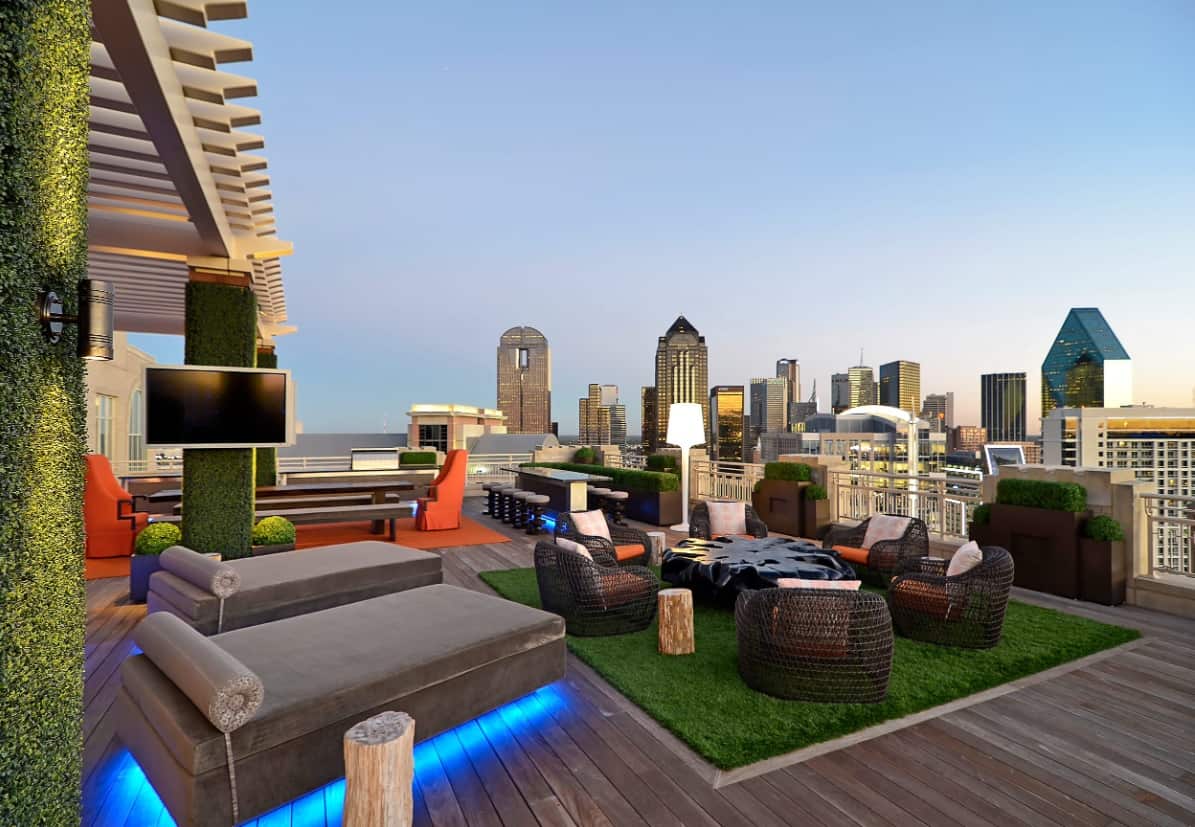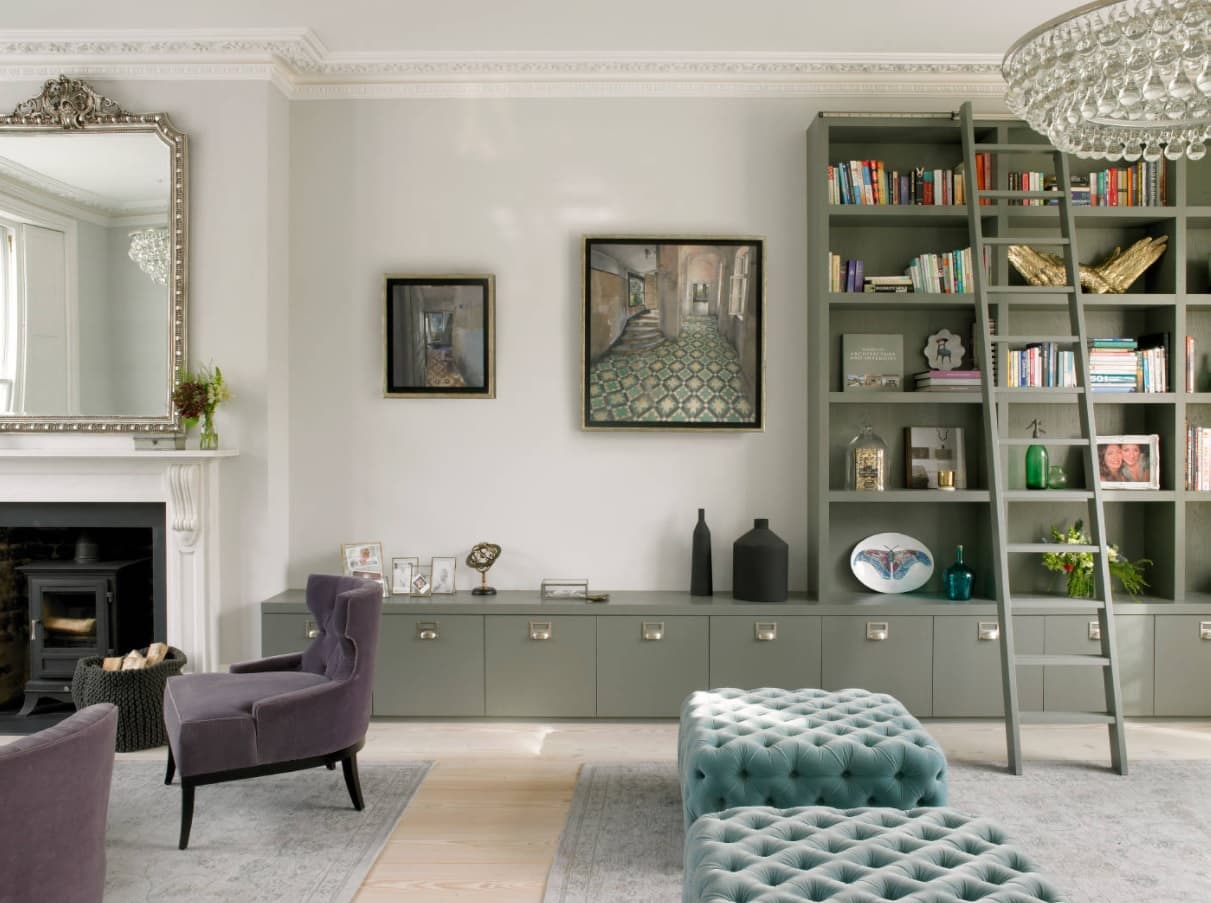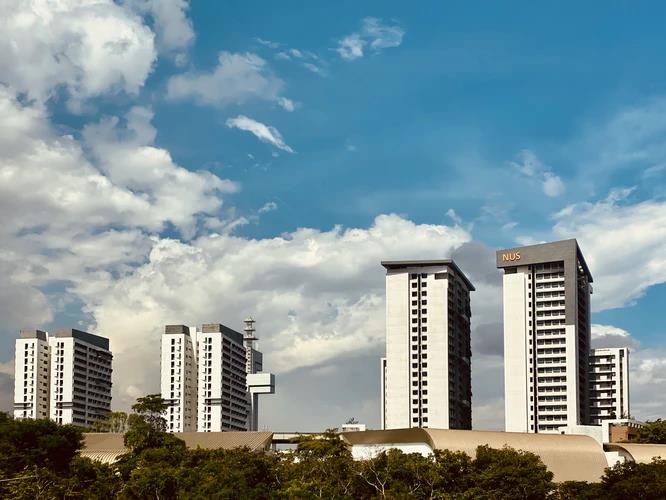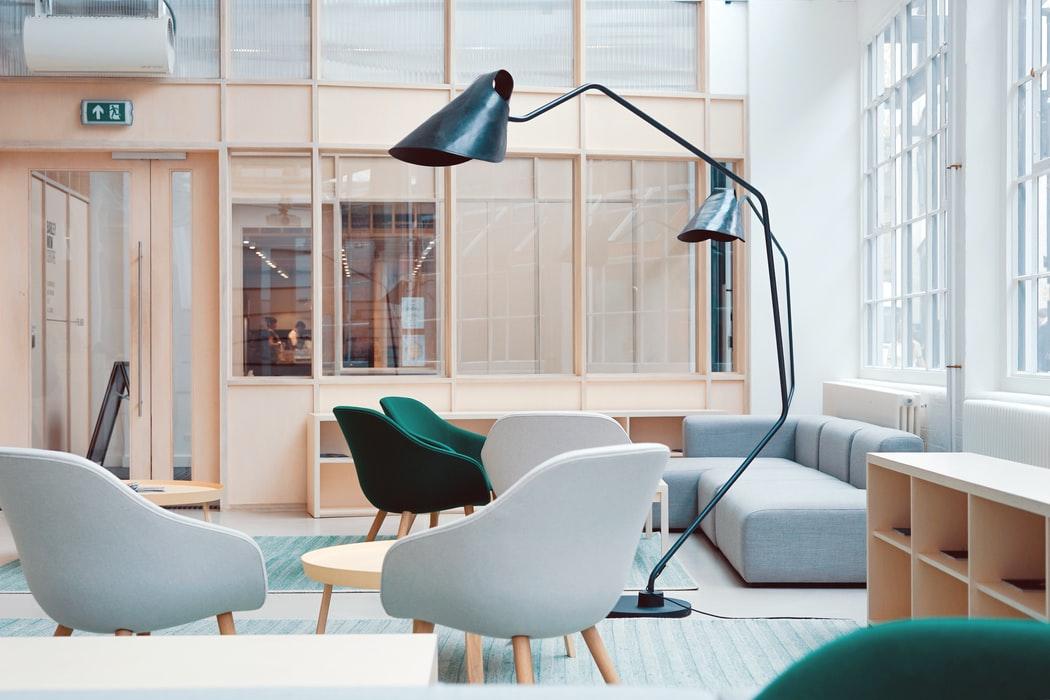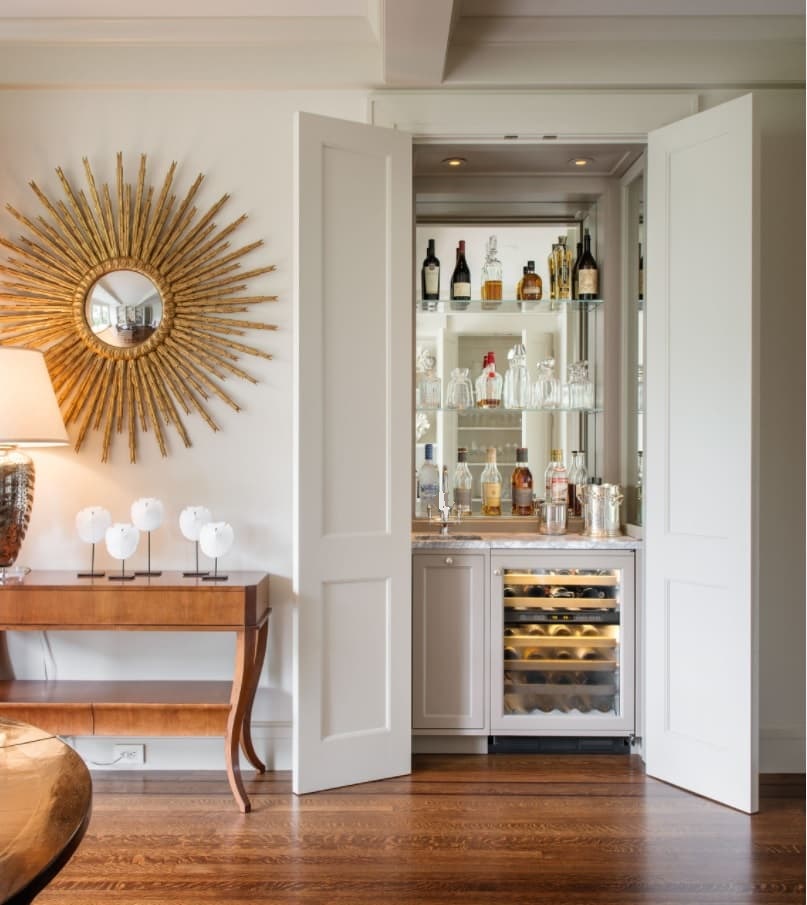Preparing a rental property does share some overlap with preparing and renovating your own home, but everyone will tell you it’s just not the same. You don’t get to pick out your favorite colors, go with your top design options, and you have to think with your brain instead of with your heart.
For some, that can be a difficult direction to take but overall, a necessary one. After all, you’re trying to appeal to the broader masses here and receive a return on your home investment.
The worst that could happen is after meeting with real estate agents, scoping out properties, navigating the financial side, and every other little thing, you make some big mistakes and delay the process of having someone move in.
When you’re renovating or sprucing up your rental property, be sure to avoid making these mistakes which could cost you plenty of time and money.
Keeping the Carpets
While there’s nothing wrong with carpets, having them in your rental property is inviting danger. Carpets are more difficult to clean, to maintain, hold in years of smells, become dirtier quicker, stain easier, and in some states, need to be replaced every time a new tenant moves in.
Even though it might be a large up-front cost, putting down tile, hardwood, or laminate floors is going to save you a lot of time and money in the long-run. You won’t have to worry about replacing them or giving them a deep clean every so often. Plus, your tenants will be able to keep them clean for easier and longer.
Not Going Glossy
Just about everything looks better when it’s shiny, so you should apply the same strategy to your walls. Instead of opting for typical paint, make sure you choose the glossy version in order to make it easy to clean.
Regular paint is fine, but it can show wear and tear after just six months of repeated use and will need to be repainted on a more regular basis than glossy paint will. In the end, you want your rental property to be easy to clean for both you and the tenants.
Making Big Renovations
In your own home, you probably have the perfect idea for how you want your kitchen, bathroom, bedroom, and everything else to be. So, you go big on the renovations in order to make sure it’s up to your liking.
That should be a big no-no for your rental properties. Not only are you unlikely to see a return on that big investment, but your tenants are unlikely to put the same care and effort into maintaining your new, beautiful work.
Ignoring the Small Things
When you walk into a new house or room, you’re most likely going to focus on the things that stand out. The wall color, furniture placement, appliances, features, and everything else pop out in your mind.
When you’re preparing your rental property, it’s important to think small. Really small. Think about things that are used every single day on a repeated basis. Towel hangers, towel ranks, doors, windows, hinges, and more. When you’re putting up a towel hanger, for example, take the time to make sure it’s on a stud. Think about how many times someone is going to be pulling on that towel or putting it back on.
Go over everything with a fine-toothed comb. If it looks like a small problem, take the time to fix it. Not doing so could lead to bigger headaches in the future.
Making It Complicated
When you’re renting, you’re obviously not going to put the same effort in care to a rental as you would your own home. Through the design and work of your house, make sure you think like a tenant.
With your outdoor space, don’t make it to where your tenants will have to do more than basic mowing and watering. If a tenant does those things, you’ve already got yourself a winner, but don’t expect anything more.
Make sure the bathroom and kitchen are easy to clean because they’re not likely to go the extra mile in extending their care.
Not Having a Firm Answer to the Furnished Question
Moving furniture can literally be back-breaking work, especially if you’re going to have to move some of it upstairs.
Be sure to research your rental market before deciding if you want to furnish your property or not. Unfurnished places are more likely to have renters stay around for longer, but some places will need to have furnished apartments.
Make sure you have those questions answered before you start placing or removing furniture.

